The Ginza Stroll
Ever since springing to life in the seventeenth century as home to the city’s silver-coin mint, the central district of Ginza has been among Tokyo’s most popular places to shop, see and be seen. We spent our first Saturday in the city walking along the joyfully car-free street of Chuo-Dori, watching people, and popping into some world-famous stores.
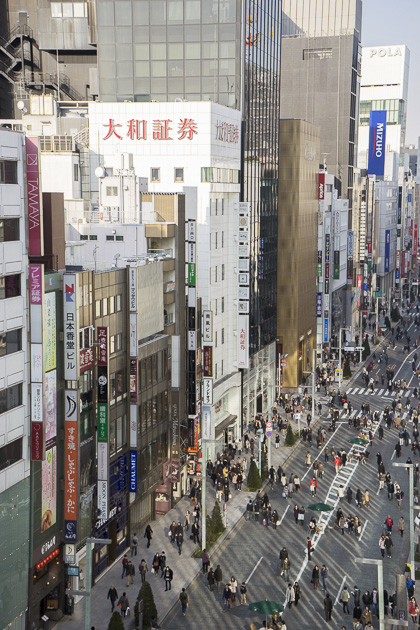
On weekends, traffic on Ginza’s main artery of Chuo-Dori is prohibited, allowing walkers to enjoy what’s become known as the Hokoten, most frequently translated as the “Ginza Stroll”. Filled with massive Japanese department stores, buildings blazing the emblems of international brands like Hermes, Chanel and Apple, as well as smaller boutiques, Ginza is a shopper’s paradise. Most of the people who are out and about, though, seem content to window-shop. That suited us fine; the few times we bothered to look at price tags, we were left both terrified and impressed.
On weekends, traffic on Ginza’s main artery of Chuo-Dori is prohibited, allowing walkers to enjoy what’s become known as the Hokoten, most frequently translated as the “Ginza Stroll.” Home to towering Japanese department stores, international brands like Hermes, Chanel and Apple, as well as smaller boutiques, Ginza is a high-end shopper’s paradise. Most people seem content to window-shop, and that suited us fine; the few price tags we looked at were terrifying.
Ginza was destroyed by a fire in 1872, a few years after the new Meiji Empire had assumed power in Japan. In contrast to the deposed Tokugawa shoguns, who had kept Japan insular, Meiji sought to usher the country into modernity. With this in mind, the task of rebuilding Ginza was given to an English architect, an outreach to foreign expertise which would have previously been unthinkable. With red brick buildings and streets lit by gaslight, Ginza soon found itself home to foreign shops, and rambling along its streets to examine the curious fashions of Europe became a favorite pastime of Edo’s well-to-do residents.
This was our first excursion into central Tokyo, and we were still overwhelmed by the scale of the city. Ginza did nothing to alleviate our stress. We spent hours inside giant department stores like Matsuya and Wako. We donned 3D goggles and played the newest PlayStation inside the Sony Building. We admired pearl necklaces in the Mikimoto shop, which was founded by the father of modern pearl cultivation. We ducked down back streets, browsed book shops, ate pastries and found rooftop gardens from where we could look down on the madness of the Ginza Stroll.
As dusk fell, we grabbed a seat at the Lion Beer Hall, established in 1934 with the mission of introducing a German drinking atmosphere to Tokyo. Apart from the immaculate, bowing waiters who showed us to our table and the presence of some decidedly Japanese items like Pickled Fish Guts on the menu, the German vibe was surprisingly authentic.
The full list of experiences we had during this single day in Ginza could go on for pages. And the number of things which are possible to experience in the neighborhood must approach the infinite. Ginza certainly isn’t among the most traditionally Japanese spots we could have picked for our initial excursion, but its size, wealth, action, strangeness and cosmopolitan flair offered a nice introduction to Tokyo.
Location of Ginza Crossing on our Map
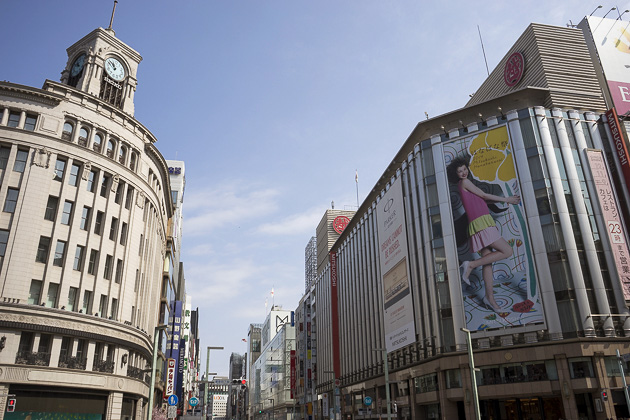
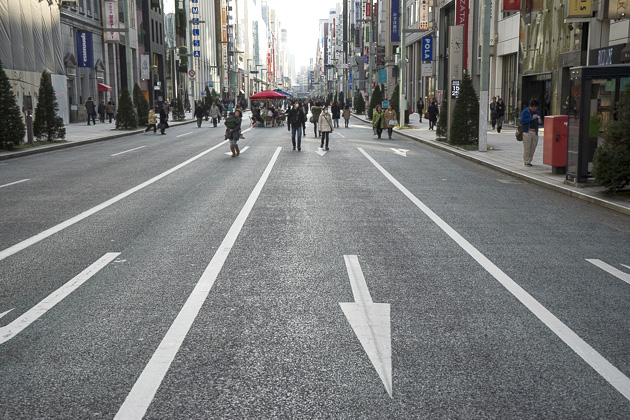
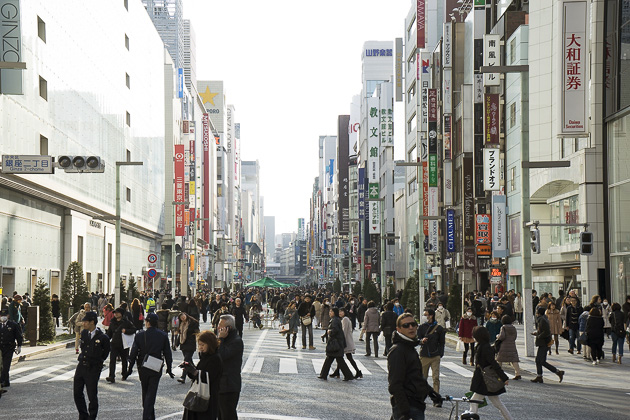
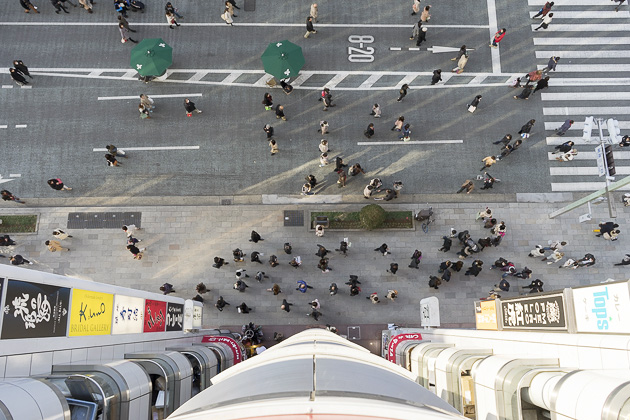
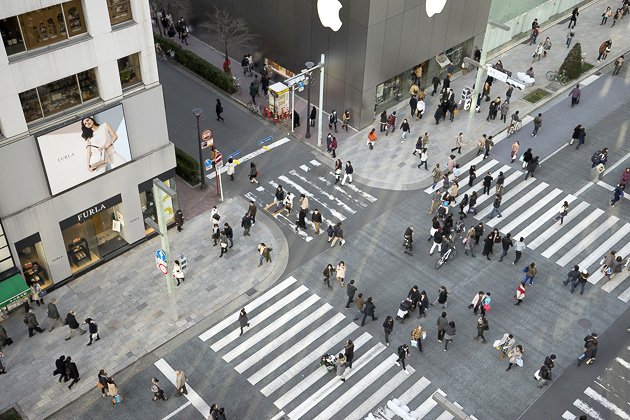
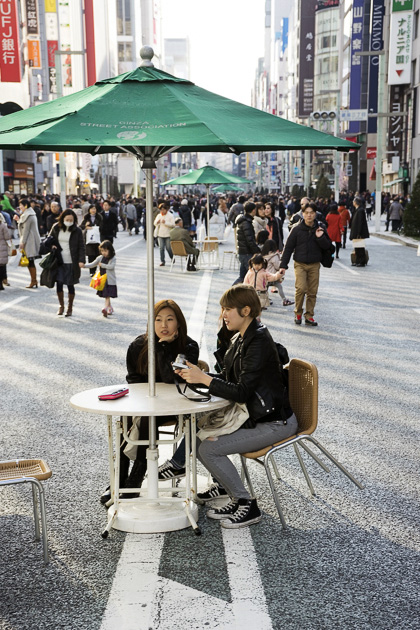
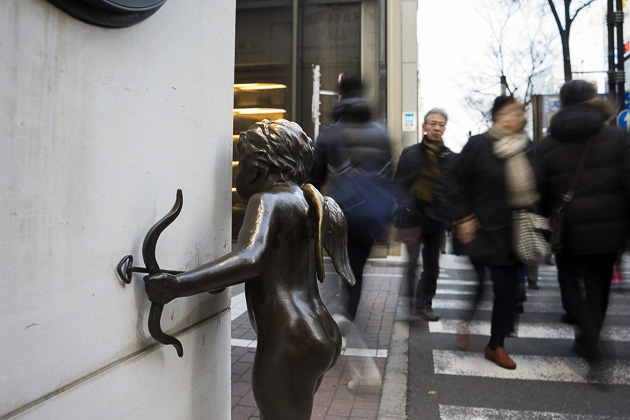
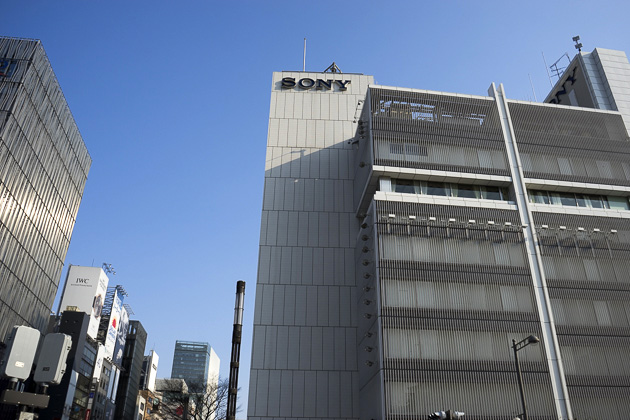

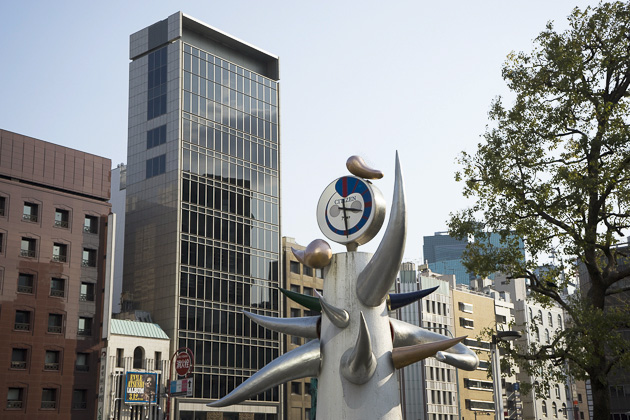


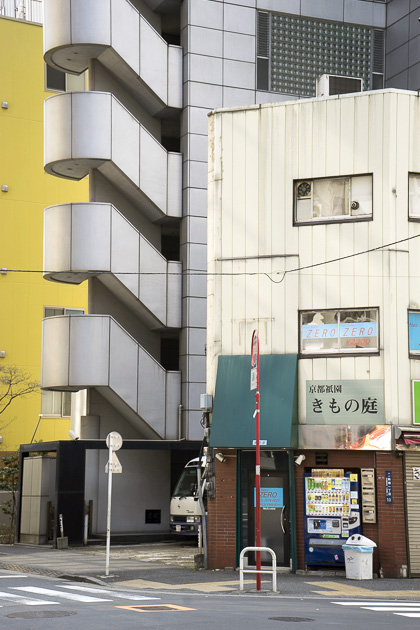

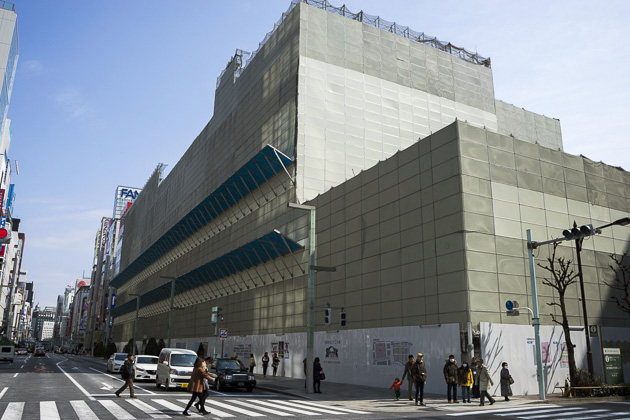
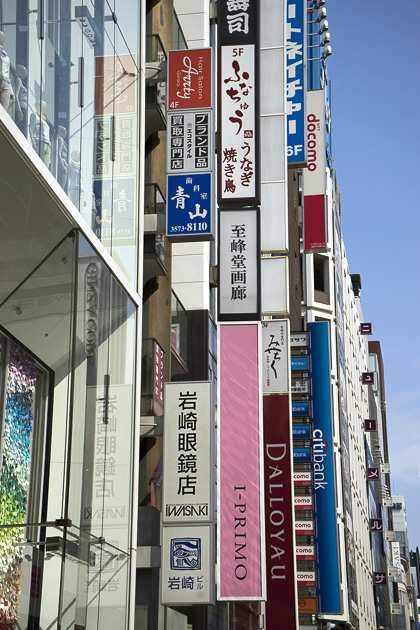

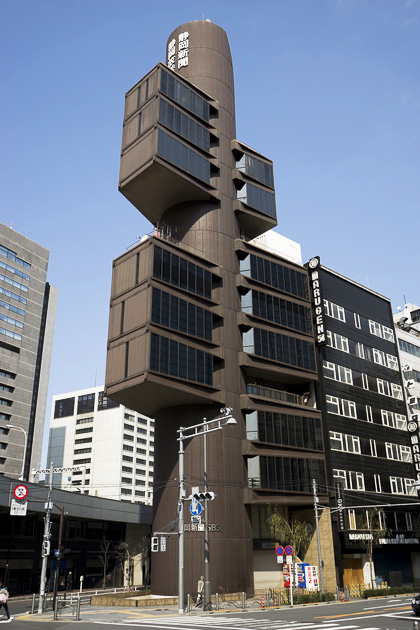
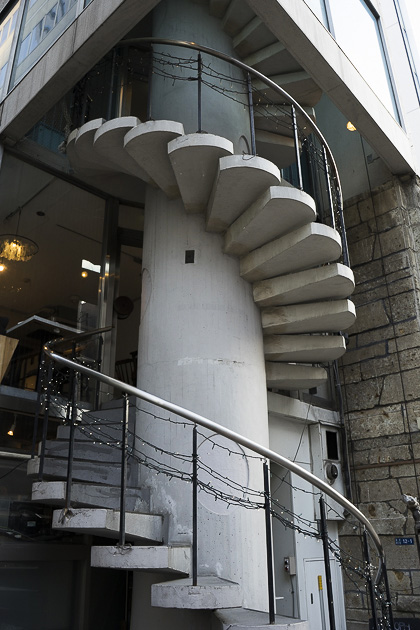
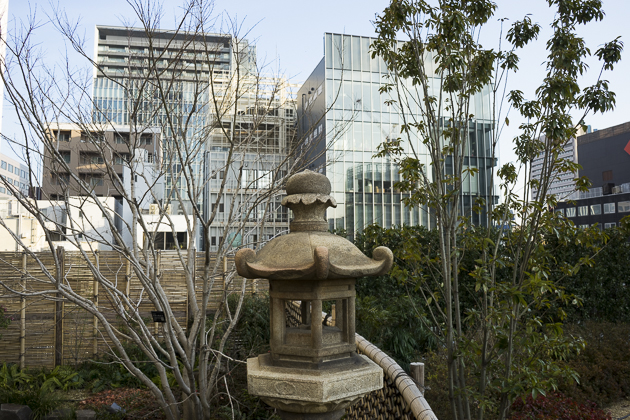
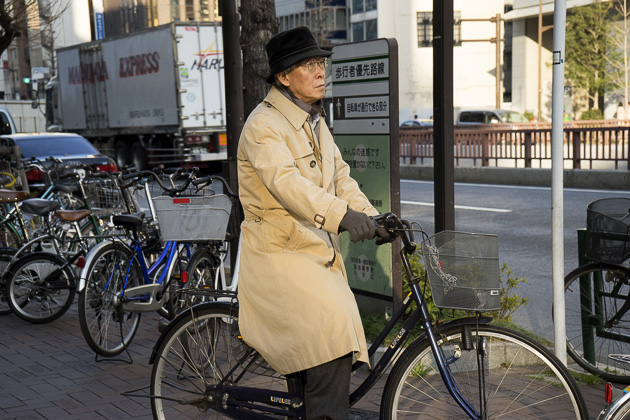
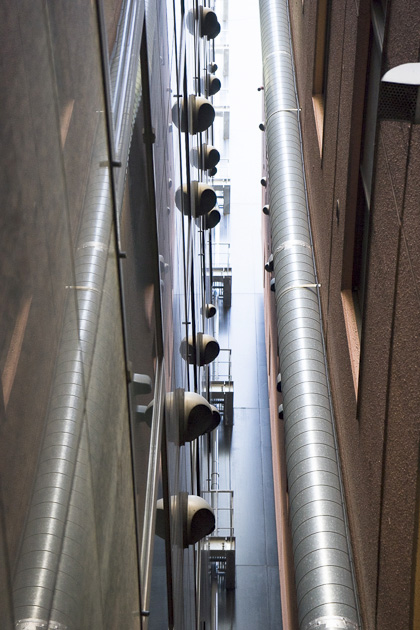
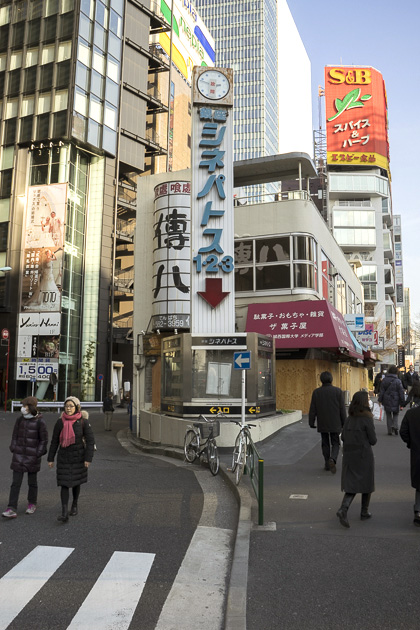
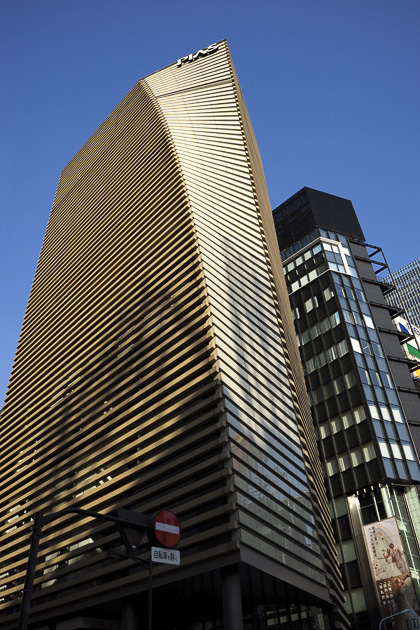


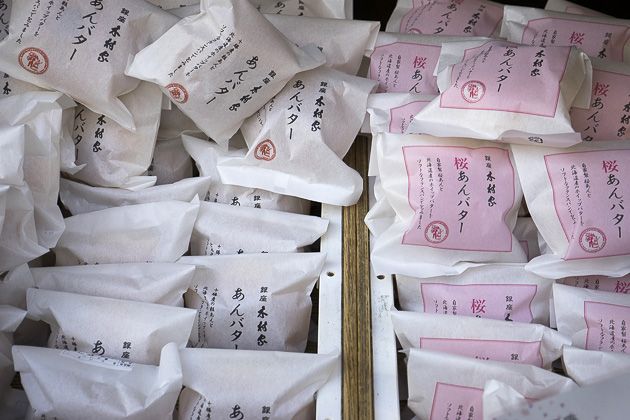
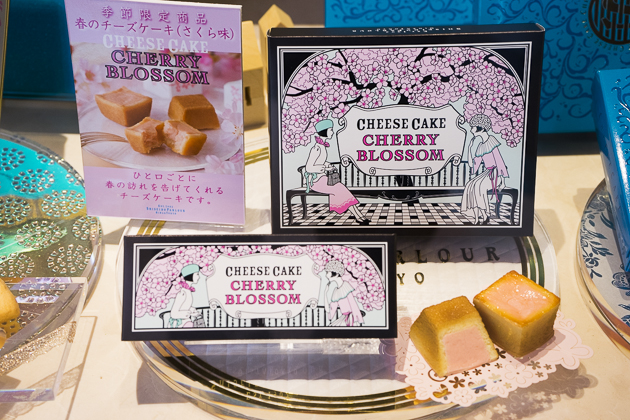

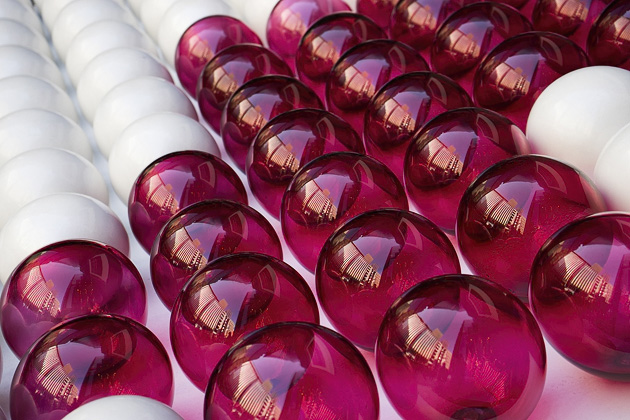
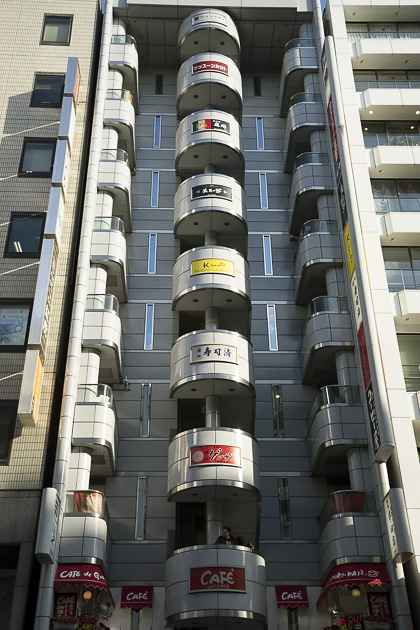
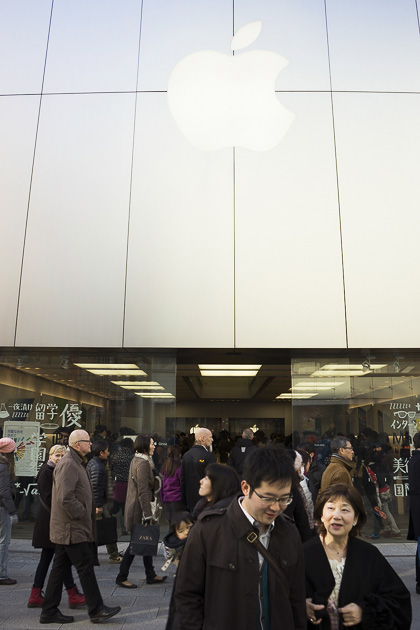
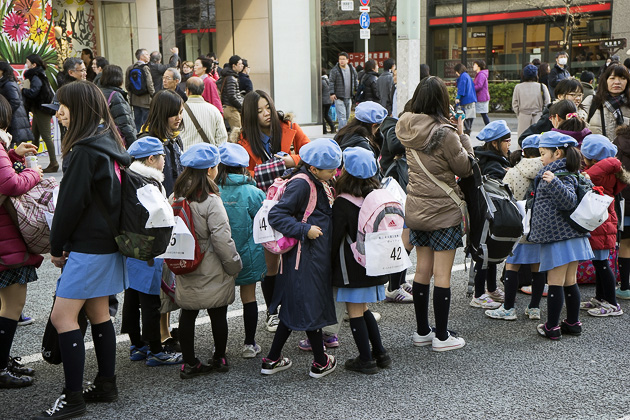
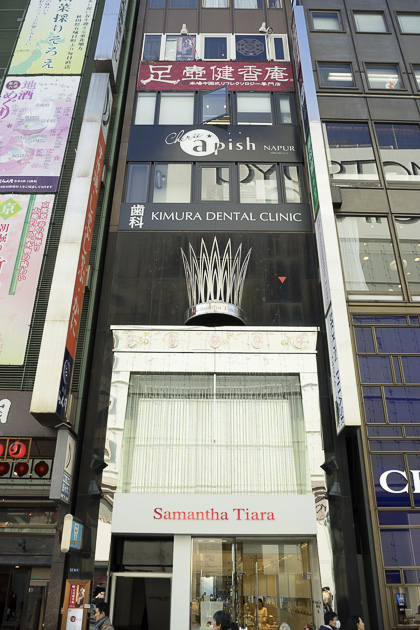
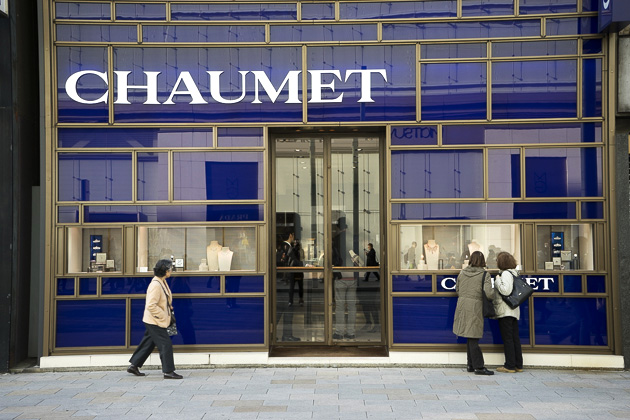
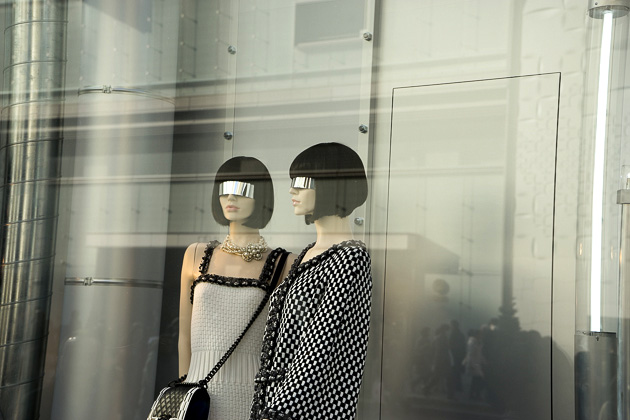
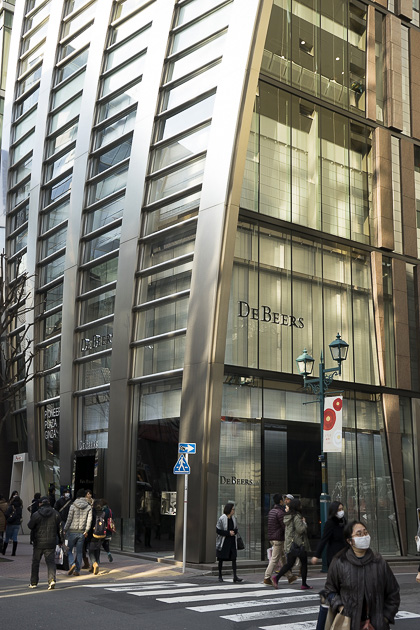
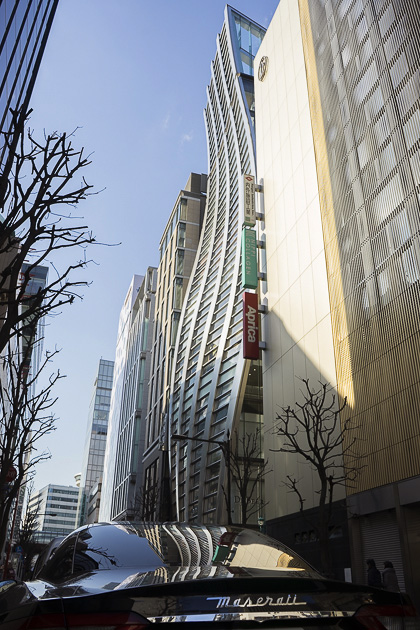
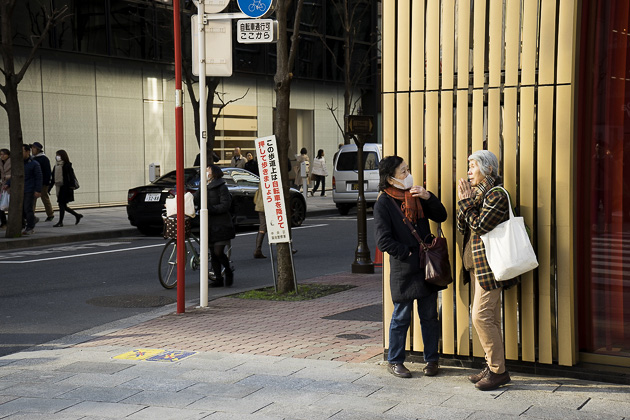
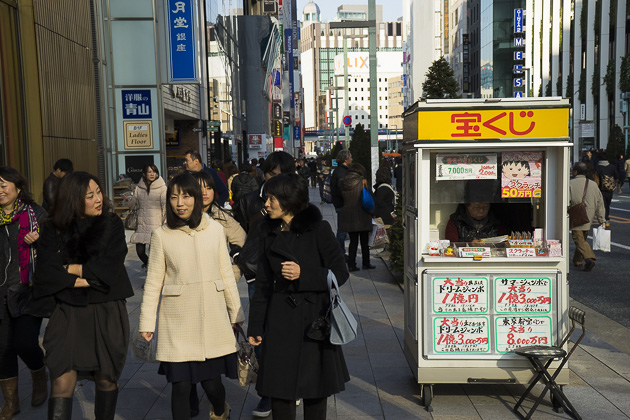

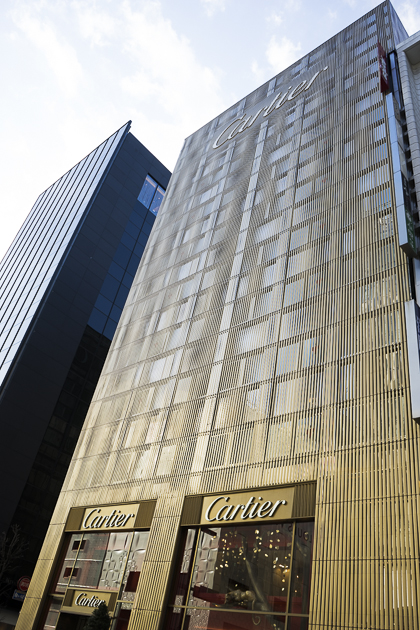
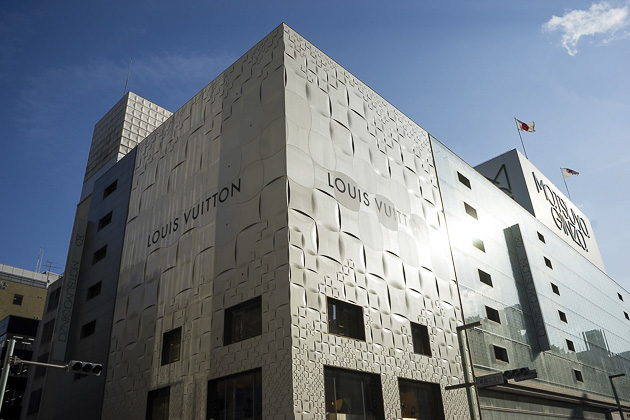
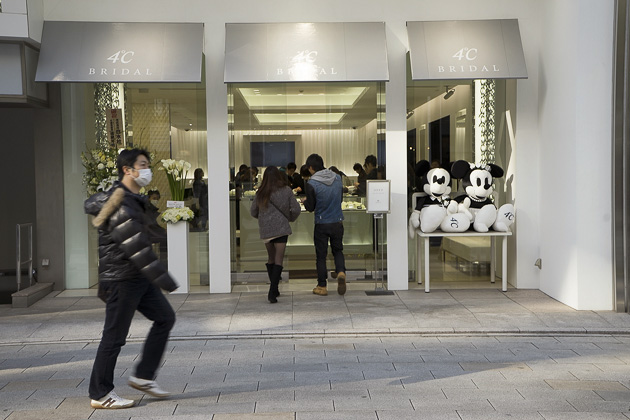

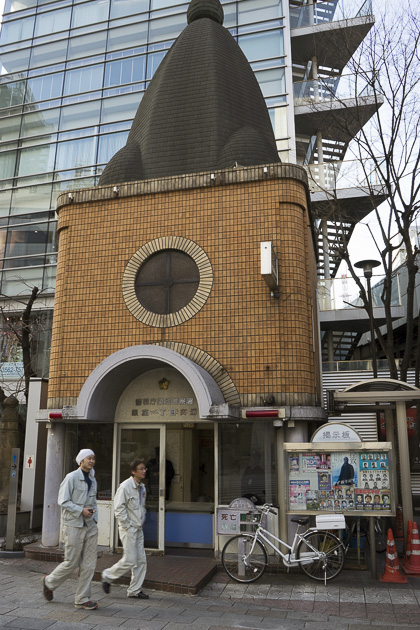
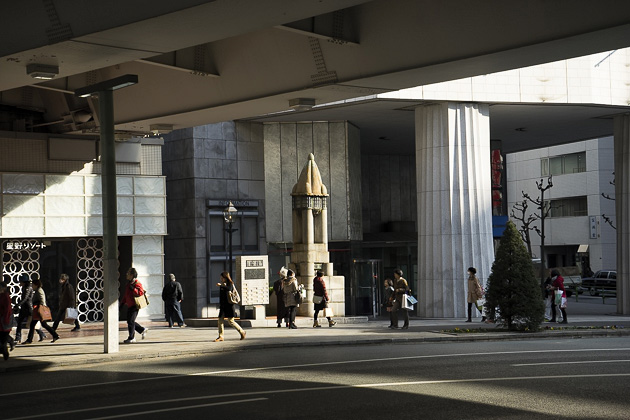


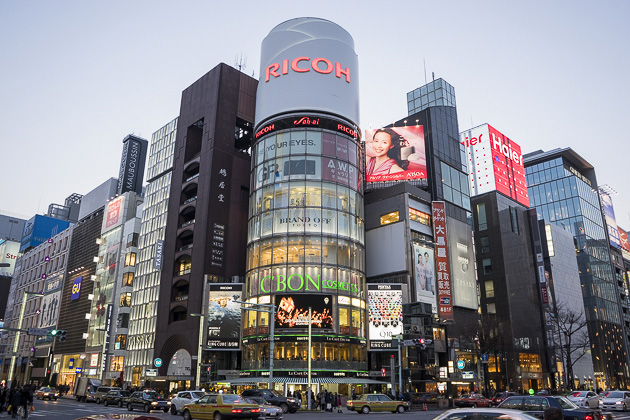
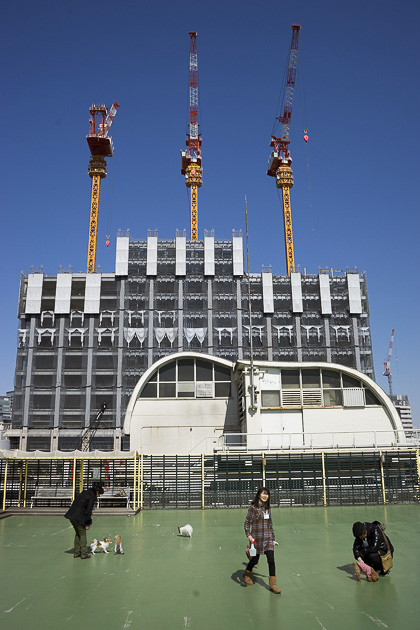
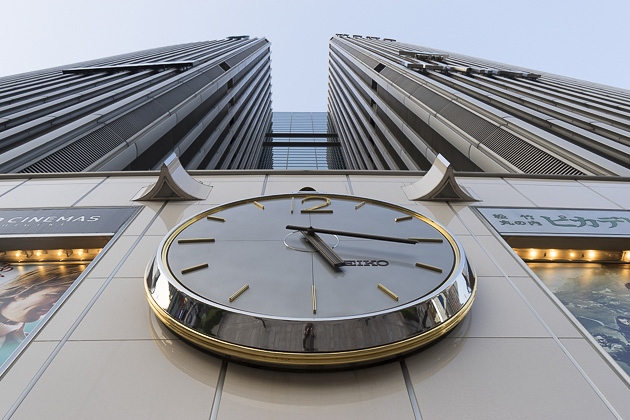

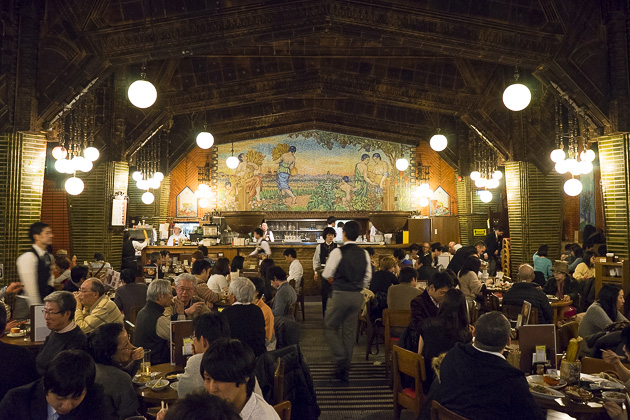
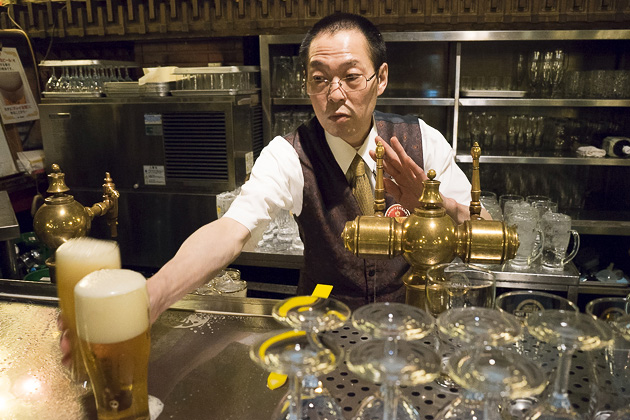
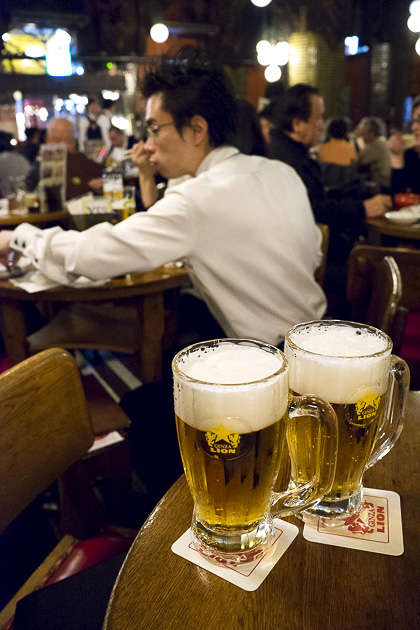
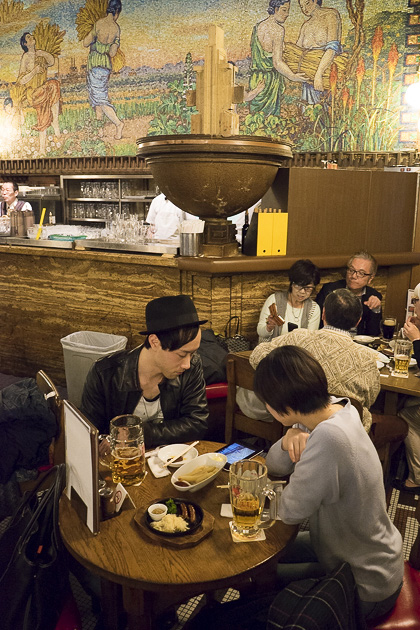
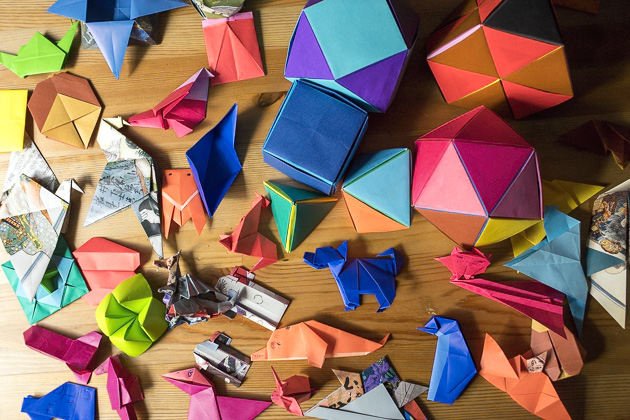
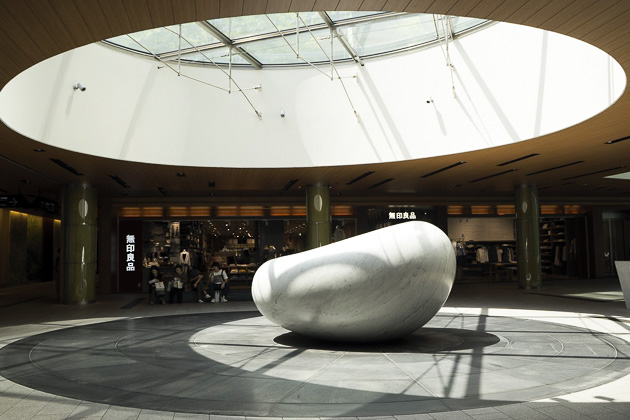
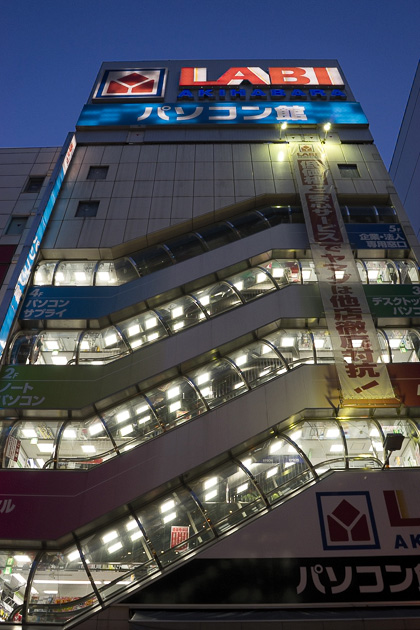

I think you should’ve started this day at the Tsukiji Fish Market. From there you can walk to Ginza.And you should’ve visited the Hakuhinkan Toy Store. It’s one of three huge, Japanese toy stores in Tokyo (the other two should be visited too. Kiddy Land in Omotesando and Yamashiroya in Ueno).
Pingback: Shiodome | For 91 Days in Tokyo – Travel Blog